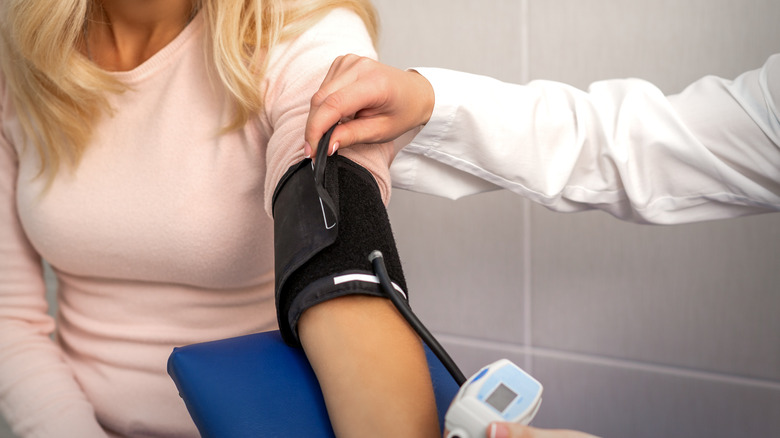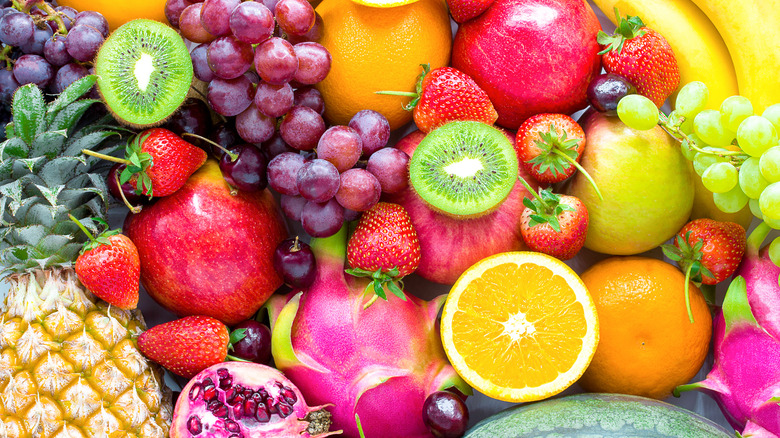What Is The Best Diet For People With Hypertension?
Hypertension is a serious condition that affects one-third of adults in the United States. It is known as the silent killer because, although many people with hypertension may not even realize they have it, it raises a person's risk of cardiovascular disease, which is the most common cause of death worldwide. In 2013, an estimated 360,000 deaths in the United States were partially or wholly attributed to hypertension (per the U.S. Food and Drug Administration).
Unfortunately, only half of the population with hypertension has the condition under control. If you have hypertension and do not experience symptoms, don't be fooled into thinking it's not hurting you. According to the FDA, hypertension often causes serious damage before symptoms emerge. The good news is that hypertension can be relatively easy to address. Your doctor may prescribe a medication to relax your blood vessels so that blood flows more readily throughout your body. Additionally, lifestyle changes can potentially go a long way toward improving your health and hypertension. Harvard Medical School notes that although medications can be effective at reducing blood pressure, they may not necessarily fix the root of the problem. For the best results, medication should be paired with a healthy diet.
The DASH diet can fight hypertension
The Dietary Approaches to Stop Hypertension (DASH) diet is considered one of the best ways to fight hypertension. According to Mayo Clinic, this diet can reduce blood pressure within just a couple of weeks, and it can also reduce low-density lipoprotein (LDL) cholesterol levels, which is another risk factor for stroke and heart disease.
The DASH diet includes reducing sodium intake to less than 2,300 milligrams per day and turning to foods that are low in saturated fat and high in fiber, protein, calcium, magnesium, and potassium. For someone who eats 2,000 calories per day, this would involve six to eight servings of grains, four to five servings of vegetables, four to five servings of fruit, and two to three servings of fat-free or low-fat dairy products. A person may eat up to six one-ounce servings of lean meat, poultry, and fish per day, and four to five servings of nuts, seeds, and legumes per week. Sweets and added sugars should generally be restricted to five or fewer servings per week, but a person can eat up to three servings of fats and oils (such as mayonnaise and salad dressing) per day, according to Mayo Clinic.
While it may take a while to get used to the DASH diet, your taste buds will eventually adjust, and your health will be all the better for it. This may also remedy complications related to hypertension.


